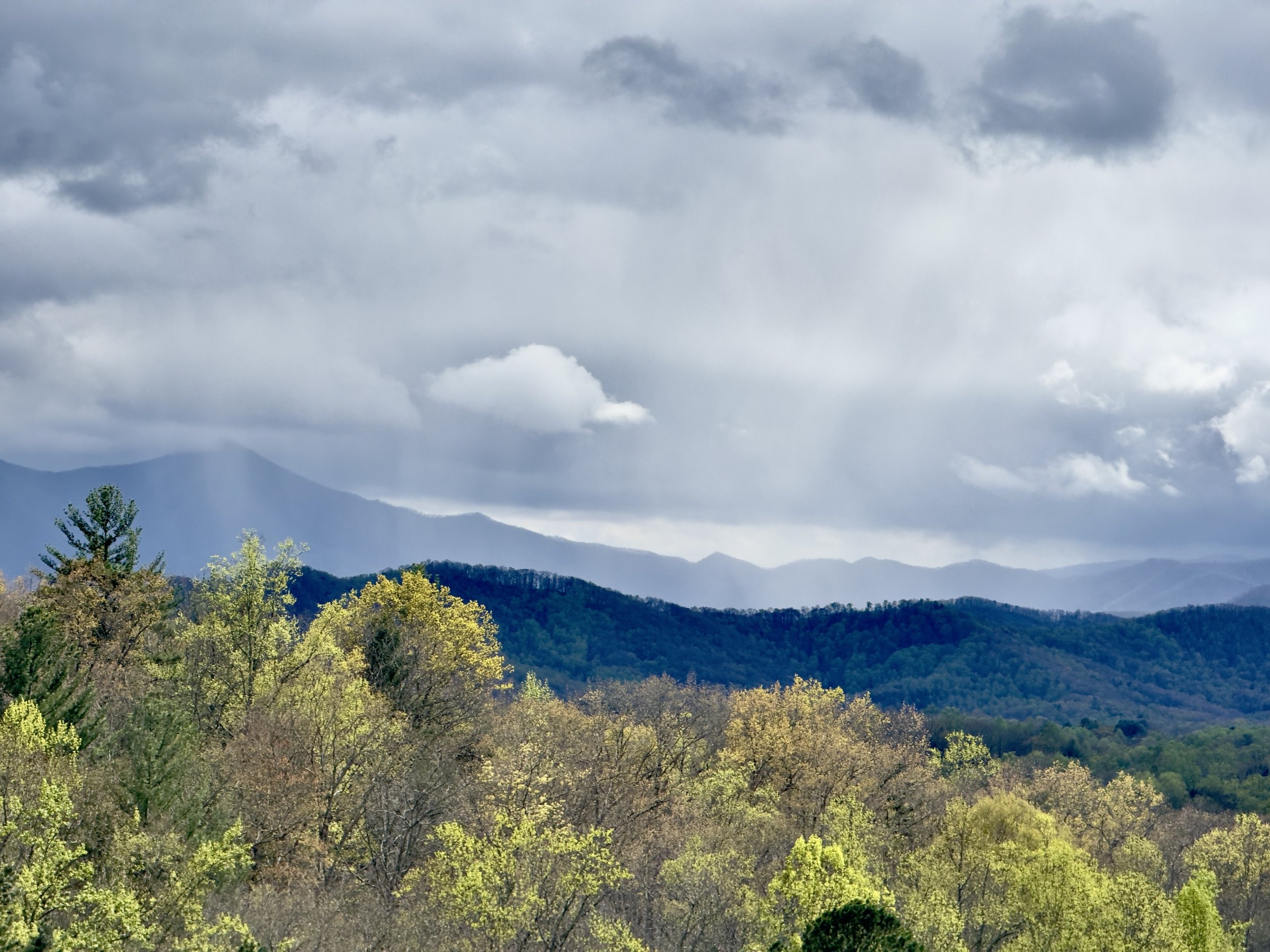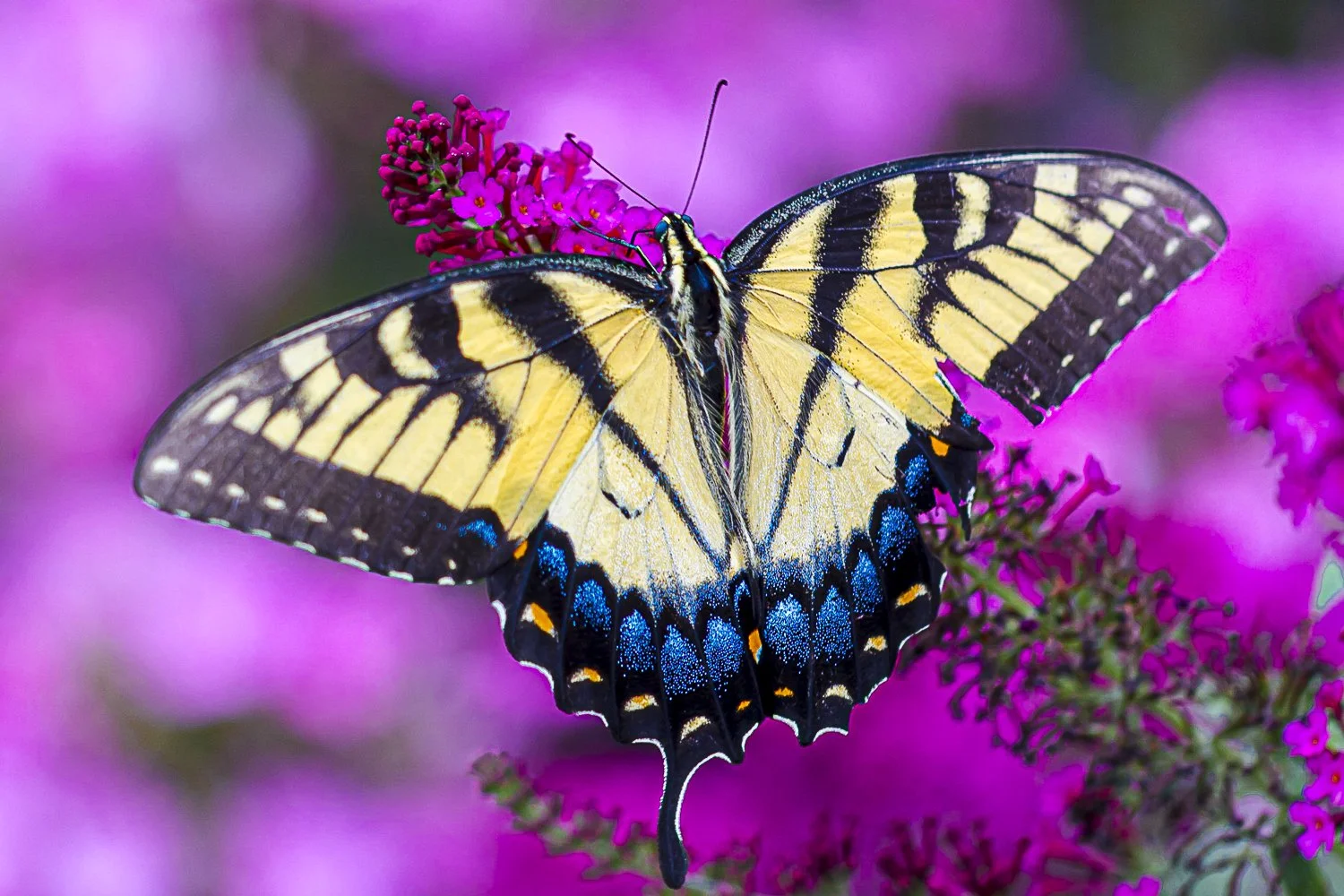Reclaiming A Deeper Perspective In A World That Feels Like It's Falling Apart
Today, while wandering in the forest behind my home, I was drawn to some stones on the trail. I picked up a couple of sparkling flecks and a small rock to bring home. When I researched them, I discovered something that blew my mind: these small fragments I held between my fingers were 300-500 million years old! Mica and quartz. Metamorphic rock that formed when tectonic plates collided to create these ancient Appalachian Mountains.
Metamorphic means changed by heat, pressure, and mineral-rich fluids deep within the Earth. These mountains have slowly worn down over hundreds of millions of years, revealing these small treasures that have endured unimaginable forces.
500 Million Years in My Palm
I sat with one of these stones in my palm, trying to comprehend its journey. What does it mean to exist for 500 million years? To endure such pressure and heat, to be compressed and transformed deep in darkness, to eventually be revealed by time and the slow erosion of everything around you? The stone felt both unremarkable and extraordinary – a small piece of eternity I could hold in my hand.
Holding this stone somehow relaxed and reassured me. I suddenly felt firmly planted on this beautiful earth. My perspective shifted, and the anxieties of all that is happening in our world began to drain away. I recalibrated to a vastly different timescale.
Mica flakes and quartz-rich metamorphic rock. © 2025 Carla Royal.
Metamorphic Pressure, Human Transformation
I've known these mountains are ancient, but holding this small piece of metamorphic rock—such a perfect word for what happens when we undergo pressure and heat—I feel it deep in my soul. Five hundred million years. This small stone has witnessed it all and still exists. My current anxieties—even the deep ones about where we're heading as a society—suddenly appear as just one brief moment in an unimaginably long story. These small stones offer wisdom that our bodies can feel… if we allow it.
How many of us move through life taking everything so seriously? We spend so much of our time this way, giving enormous weight to our thoughts, our wounds, our fears about the future. We move through the world as if everything depends on us, as if our worries are the center of the universe. But holding a small ancient stone offers a shift in perspective we all sometimes need. I know I do.
If you find this helpful, share to support my work and others who might need these words.
The Eternal Thread Within Us
Most wisdom traditions point to something within us that endures beyond our physical form. The Upanishads speak of Atman, the eternal self. Christians talk of the soul that transcends death. Indigenous traditions often speak of a spirit that continues beyond our brief time in these bodies.
I don't know exactly what all this means, but I've learned to be comfortable with mystery, with not knowing. The older I get, the more I recognize how little I understand about the vastness of existence. And there's a relief and freedom in that admission.
What I felt in the forest today, stone in hand, wasn't a theological certainty but rather a visceral recognition that whatever I am, at my core, is connected to something much larger and more enduring than my individual worries and struggles. Perhaps you've felt this, too, in moments of quiet connection with something ancient or vast.
This body that houses me is temporary, yes. But there's something here that participates in the same timelessness as these ancient stones. Something that knows what it means to undergo pressure and heat, to be transformed, to endure.
The mountains themselves are a testament to this paradox. From our limited human perspective, they appear solid and unchanging, but they flow like water in geological time. They rise and fall. They are both eternal and constantly changing.
Aren't we the same?
The Long View
Something shifts when we remember this longer view and feel it in our bones. The foundations of our world may be shaking. The news may be full of crisis and collapse. Our personal challenges may feel overwhelming on any given day. But the small stone in my palm reminds me that there is something in each of us that knows how to witness change without being destroyed by it. Something that can hold the paradox of impermanence and continuity.
I wonder if this forgetting, this disconnection from our deeper, more enduring nature, lies at the heart of our collective struggles today. When we forget who we are beyond our separate selves, we grasp and cling. We fight against change rather than moving with it. We treat the Earth as a resource to be used rather than a living system we belong to.
We forget that, like these mountains, we are both ancient and new in each moment.
Remembering Our Place in Deep Time
There's a humility that comes with touching something 500 million years old. We are so small. Our concerns, while real and valid, are just a tiny part of what's unfolding. The divides that seem so insurmountable all exist within a much larger context.
The challenges we face are real and require our attention and action. But maybe we can meet them differently when we remember the deeper currents that run through all things, including ourselves. Holding the perspective of the stone could help us act with less desperation and more wisdom. With less fear and more trust in the resilience of life itself.
The next time you feel overwhelmed by the news or your personal struggles, I invite you to find something ancient to hold – a stone, a shell, even the soil beneath your feet. Let it remind you of the longer story you're part of.
My view of the ancient mountains. @ 2025 Carla Royal.
The Stone on My Porch, and What Endures
The small metamorphic stone and mica flecks now sit on my porch, where I see them every time I step outside. They remind me that pressure and heat don't destroy everything. Sometimes, they create something that endures, and sometimes, they reveal hidden beauty.
I don't know exactly what it means that we are eternal beings. I don't claim to understand the mystery at the heart of existence. But I know that when I touch something that has witnessed 500 million years of Earth's story, I remember that I belong to something vast and ancient. We all do.
In that remembering, we can breathe more deeply, hold our concerns more lightly, and trust the wisdom that runs through all things, including us.
Maybe that's enough for today: to hold a small piece of mountain in your palm and remember your place in this grand, mysterious unfolding. To feel both your insignificance and your belonging. To know that whatever happens, something endures.












